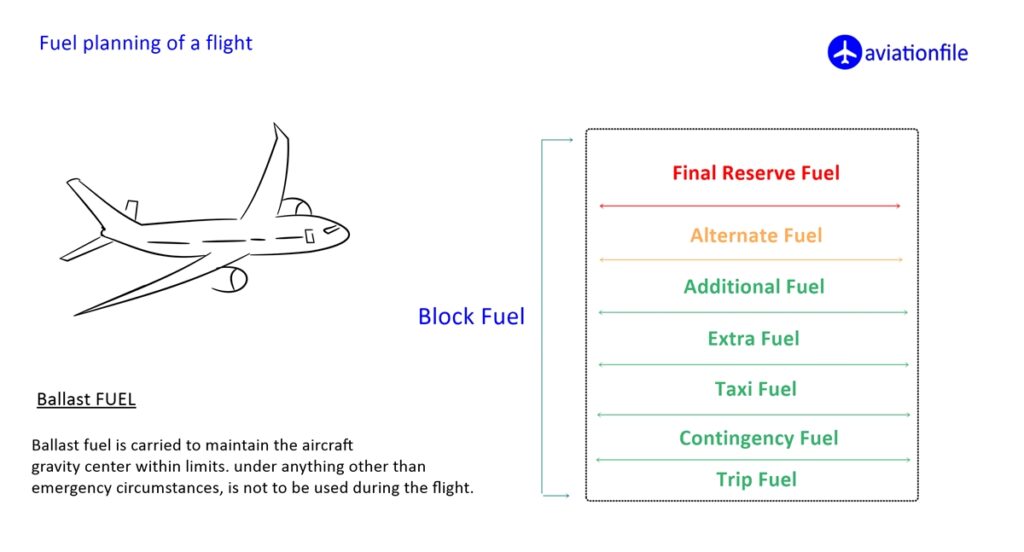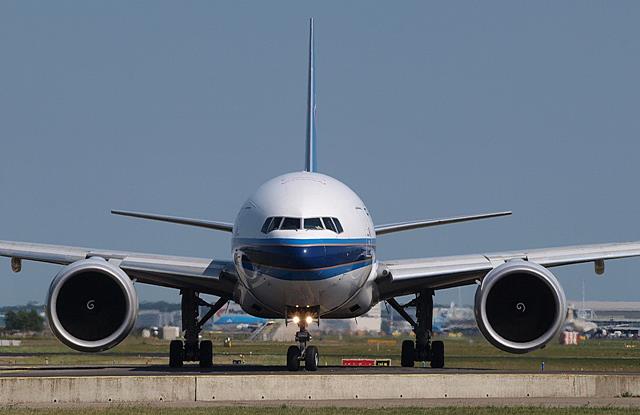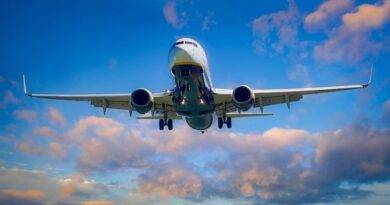Average Taxi Time of Airports
The average taxi time at airports is a critical factor in aviation that significantly affects flight schedules, airline costs, and passenger experiences. As air travel continues to grow, airports worldwide are dealing with increasing traffic congestion and operational challenges, making the efficient management of taxi times more important than ever. This article explores what average taxi time entails, the factors that influence it, and why it’s essential for both airlines and passengers.
What is Average Taxi Time?
Average taxi time refers to the duration an aircraft spends moving on the ground between its parking position at the gate and the runway, either before takeoff or after landing. This time can vary widely depending on several factors, including the airport’s size, layout, traffic volume, and weather conditions.
There are two primary components to taxi time:
- Taxi-out time: The time from when an aircraft leaves the gate until it takes off.
- Taxi-in time: The time from when an aircraft lands until it reaches the gate.
These times are averaged across multiple flights to provide a benchmark for airport performance.
Factors Influencing Average Taxi Time
Several factors contribute to the variation in taxi times across different airports:
- Airport Layout and Size:
- Larger airports with complex layouts often have longer taxi times due to the distance between terminals and runways. For example, airports like Hartsfield-Jackson Atlanta International Airport or London Heathrow Airport, with multiple runways and terminals, tend to have longer taxi times compared to smaller airports.
- Runway Configuration:
- The number and location of runways can significantly impact taxi time. Airports with parallel runways might experience more efficient taxi operations, while those with intersecting runways could face delays due to the need for more coordinated traffic management.
- Traffic Volume:
- High traffic volume can lead to congestion on taxiways, resulting in longer taxi times. During peak hours or at busy airports, aircraft might have to wait in line for takeoff or landing, contributing to delays.
- Weather Conditions:
- Adverse weather conditions like heavy rain, snow, or fog can slow down ground operations. Reduced visibility and slippery surfaces require more cautious taxiing, increasing the time spent on the ground.
- Air Traffic Control (ATC) Efficiency:
- The efficiency of ATC in managing ground traffic plays a crucial role in determining taxi times. Delays in receiving clearance for taxiing or holding at various points on the taxiway can lengthen the process.
- Airport Construction and Maintenance:
- Ongoing construction or maintenance work on runways or taxiways can cause rerouting and longer taxi times. Temporary closures or detours often lead to increased ground travel distances.
Why is Average Taxi Time Important?
Understanding and managing average taxi time is vital for several reasons:
- Operational Efficiency:
- For airlines, longer taxi times mean more fuel consumption and increased operational costs. By optimizing taxi times, airlines can reduce fuel burn, leading to cost savings and a lower environmental impact.
- Flight Punctuality:
- Prolonged taxi times can lead to delays, affecting not only the flight in question but also subsequent flights. This can create a ripple effect, disrupting schedules and leading to passenger dissatisfaction.
- Passenger Experience:
- Passengers generally perceive longer taxi times as part of the overall delay, which can affect their travel experience. Reducing taxi times contributes to a smoother, more punctual journey.
- Environmental Impact:
- Aircraft engines burn fuel even during taxiing, contributing to carbon emissions. By minimizing taxi times, airports and airlines can reduce their environmental footprint.

How Airports and Airlines are Addressing Taxi Time Challenges
Given the importance of managing taxi times, airports and airlines are implementing several strategies to address the challenges:
- Advanced Ground Traffic Management Systems:
- Modern airports are adopting advanced ground traffic management systems that use real-time data to optimize taxi routes and reduce congestion. These systems help ATC make more informed decisions, leading to smoother ground operations.
- Improved Infrastructure:
- Airports are investing in infrastructure improvements, such as adding more taxiways or reconfiguring runways, to enhance the flow of ground traffic. These changes can significantly reduce taxi times.
- Collaborative Decision Making (CDM):
- CDM involves airlines, airport operators, and ATC working together to make decisions that optimize operations. By sharing information and coordinating efforts, these stakeholders can reduce delays and improve efficiency.
- Use of Electric Tugs:
- Some airports and airlines are exploring the use of electric tugs to tow aircraft to and from the runway, reducing the need to run aircraft engines during taxiing. This can cut fuel consumption and emissions while also reducing taxi times.
- Predictive Analytics:
- Airlines and airports are using predictive analytics to forecast taxi times based on historical data, weather conditions, and current traffic levels. This allows for better planning and scheduling, helping to avoid delays.
Let’s look at the airports with the longest taxi times given in the winter season of 2019-2020 published on May 15, 2020.

Average “Taxi in” and “Taxi out” values
- When we examine the data, USA, KJFK – John F. Kennedy Airport has the longest “taxi out” time in the USA with an average “taxi out” time of 27.1 minutes. JFK is followed by KDEN – Denver International Airport with 23.8 minutes.
- When we look at the UK, as you may guess EGLL – London Heathrow Airport ranks first with a 21.2-minute “taxi out” time. London Gatwick Airport comes in second after Heathrow Airport, with an average gap of 18.0 minutes.
- Looking across Europe, LTFM – Istanbul Airport stands on top with a 23.7-minute “taxi out” time, LEMD – Adolfo Suárez Madrid-Barajas Airport has 18.6 minutes’ average, besides LFPG – Paris Charles de Gaulle has 15.9 minutes. LIMC – Milan Malpensa Airport has an average of 13.9 minutes.
After looking at the “taxi out” times, let’s have a look at the “taxi in” times. We see that “taxi in” times are generally shorter than “taxi out” times.
- Again firstly, we look at USA KJFK – John F. Kennedy Airport which has an average “taxi in” time of 14.3 minutes. Then the second place in the statistics is KFLL – Fort Lauderdale Airport with 12.7 minutes (Ranking in “taxi out” times has changed in “taxi in” times. KDEN – Denver International Airport has an average of 11.4 minutes “taxi in” time)
- When we look at UK, it is seen that the average “taxi in” time at EGLL – London Heathrow Airport is 8.1 minutes. Then London Gatwick Airport comes with 7.6 minutes.
- Finally, if we look across Europe, LTFM – Istanbul Airport has an average “taxi in” time of 13.8 minutes. LEMD – Adolfo Suárez Madrid-Barajas Airport has an average “taxi in” time of 9.0 minutes and LFPG Paris Charles de Gaulle Airport with an average of 10.0 minutes.
Conclusion
The average taxi time at airports is more than just a metric; it’s a key indicator of operational efficiency and passenger satisfaction. By understanding the factors that influence taxi times and implementing strategies to manage them, airports and airlines can enhance their performance, reduce costs, and improve the overall travel experience. As air traffic continues to grow, the focus on minimizing taxi times will remain a priority for the aviation industry.
References & Further Reading
- IATA Taxi-time Planning Values: https://www.eurocontrol.int/publication/taxi-times-summer-2021
- ASPM Taxi Times: Standard Report (FAA): https://www.fly.faa.gov/flyfaa/usmap.jsp?legacy=true
- EUROCONTROL Taxi Times Report: https://www.eurocontrol.int/publication/taxi-times-summer-2022
Farewell.


